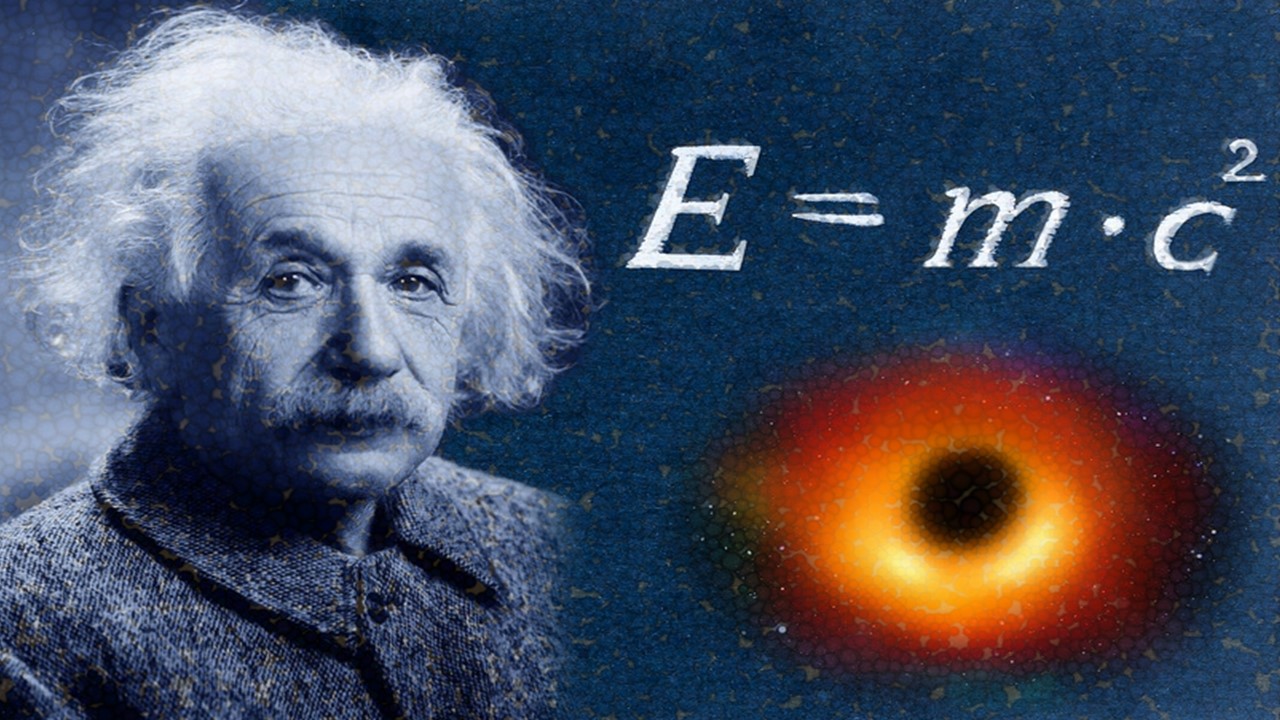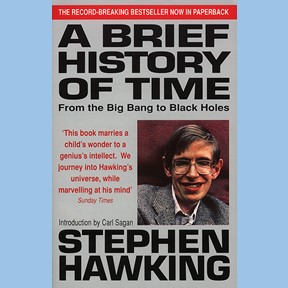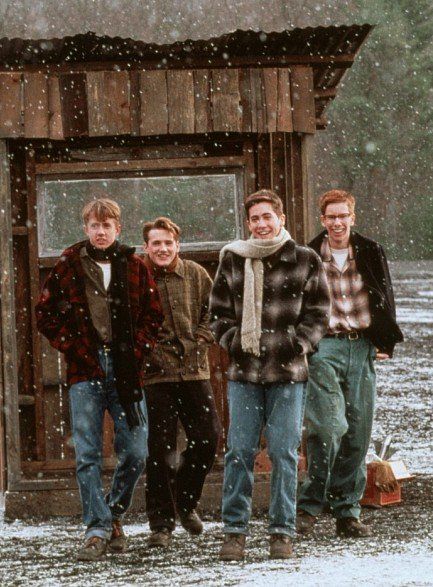
Just like electric and magnetic phenomena are two sides of the same coin, in similar way, matter and energy, according to Albert Einstein, are also equivalent.
Einstein said, "It followed from the special theory of relativity that mass and energy are different manifestations of the same thing, a somewhat unfamiliar conception for the average mind. Furthermore, the equation in which energy is equal to mass, multiplied by the square of the velocity of light, showed that very small amounts of mass may be converted into a very large amount of energy and vice versa."
Einstein said, "It followed from the special theory of relativity that mass and energy are different manifestations of the same thing, a somewhat unfamiliar conception for the average mind. Furthermore, the equation in which energy is equal to mass, multiplied by the square of the velocity of light, showed that very small amounts of mass may be converted into a very large amount of energy and vice versa."
In the Second World War, Einstein feared that Germans might develop an atomic weapon based on his groundbreaking discovery. Despite being a long-time pacifist, he wrote a letter to President of the United States, out of necessity, to urge him to develop the atomic bomb before the Germans.
America succeeded, the unfortunate bombings of Hiroshima and Nagasaki happened, the Great War came to a close but at Great Cost. Robert Oppenheimer, part of the Manhattan Project, quoted from Bhagavad Gita, "Now I am become death; the destroyer of worlds."
America succeeded, the unfortunate bombings of Hiroshima and Nagasaki happened, the Great War came to a close but at Great Cost. Robert Oppenheimer, part of the Manhattan Project, quoted from Bhagavad Gita, "Now I am become death; the destroyer of worlds."
In 1948, Einstein regretted, "If I had foreseen Hiroshima and Nagasaki, I would have torn up my formula of 1905," he said in an interview. But just how much energy is locked inside matter? Here's an example: shortly after Einstein's death in 1955 his brain was removed and weighed at 1.23 kilogram.

That would equal 26,000 kilotons of TNT worth of energy. Compare this to the bomb which burned 70% of Hiroshima: it was only 15 kilotons of TNT. This means that an average human brain would have roughly 1,700 times more explosive energy than the bomb which destroyed an entire city!
No doubt Einstein was worried. But to everyone's surprise, despite having Heisenberg by their side, although his involvement in the war is disputed by some historians, the Germans were unable to complete the bomb.
On the other hand, nuclear arms race began between the United States and Soviet Union; a competition for supremacy in the world; which ultimately led to greater tension; a possibility that some eccentric politician might blow up the whole earth.

That would equal 26,000 kilotons of TNT worth of energy. Compare this to the bomb which burned 70% of Hiroshima: it was only 15 kilotons of TNT. This means that an average human brain would have roughly 1,700 times more explosive energy than the bomb which destroyed an entire city!
No doubt Einstein was worried. But to everyone's surprise, despite having Heisenberg by their side, although his involvement in the war is disputed by some historians, the Germans were unable to complete the bomb.
On the other hand, nuclear arms race began between the United States and Soviet Union; a competition for supremacy in the world; which ultimately led to greater tension; a possibility that some eccentric politician might blow up the whole earth.
But apart from war, the equation is useful in other instances. For example, in a nuclear reaction, mass of the atoms that come out is less than mass of the atoms that go in. The difference of which shows up as heat and light.
This would make a good alternative to fossil fuels. Clean energy is the need of the planet because just think how long can we rely on fuel from the dead? Furthermore, space travel in the distant future may also depend on such power.

Einstein's formula also explains why the crust of our planet is inherently warm. It is due to energy mass conversions occurring within radioactive elements such as uranium and thorium in earth's crust.
Uranium can be found almost everywhere: in rocks, soils, rivers, and oceans. It is in fact 40 times more common than silver in the crust. Thus, the built-in temperature of Earth crust, is directly related to E=mc².
Also the source of sunlight is mass energy conversion. The Sun is made up of 70% Hydrogen. In its core, where temperature is high enough, four hydrogen atoms fuse together to become a helium nucleus, which is slightly less massive than the four combining hydrogen nuclei. The lost mass was converted to light.
Without that sunlight, there'd be no life on earth. Without it, there is no growth in the plants hence no food; all the animals would ultimately starve to death. Hence, we owe our existence to E=mc². Thus, Einstein's little equation is a triumph of the power and simplicity of physics.
This would make a good alternative to fossil fuels. Clean energy is the need of the planet because just think how long can we rely on fuel from the dead? Furthermore, space travel in the distant future may also depend on such power.

Einstein's formula also explains why the crust of our planet is inherently warm. It is due to energy mass conversions occurring within radioactive elements such as uranium and thorium in earth's crust.
Uranium can be found almost everywhere: in rocks, soils, rivers, and oceans. It is in fact 40 times more common than silver in the crust. Thus, the built-in temperature of Earth crust, is directly related to E=mc².
Also the source of sunlight is mass energy conversion. The Sun is made up of 70% Hydrogen. In its core, where temperature is high enough, four hydrogen atoms fuse together to become a helium nucleus, which is slightly less massive than the four combining hydrogen nuclei. The lost mass was converted to light.
Without that sunlight, there'd be no life on earth. Without it, there is no growth in the plants hence no food; all the animals would ultimately starve to death. Hence, we owe our existence to E=mc². Thus, Einstein's little equation is a triumph of the power and simplicity of physics.

































 Physics, astronomy and science history blog for students
Physics, astronomy and science history blog for students